Despite sharing many similarities with its sedan counterpart, the Toyota Vios, the Yaris caters to a completely different group of users and has its own unique strengths, weaknesses, and value.
About a decade ago, Toyota Yaris cars could be seen frequently on the streets of Vietnam. While both Yaris and Vios belong to the B-segment, they differ greatly in terms of price, equipment, and positioning. Although they share similarities, these two cars have distinct characteristics.
Toyota Vios owners typically use the car as a daily means of transportation for their families or for commercial purposes. Yaris owners, on the other hand, use the car mainly for personal transportation. These individuals are usually financially stable but prefer practicality, durability, and the prestige that comes with the Toyota brand, rather than flashy luxury cars.
The 2nd generation Toyota Yaris (2019 model) has dimensions of L x W x H: 4,145 x 1,730 x 1,500 mm and a wheelbase of 2,550 mm. Compared to its competitors in the B-segment, the Yaris is truly spacious. Its ample boot space and two rows of seats cater well to the needs of family car users.
In terms of design, the 2019 Yaris is almost identical to its sedan counterpart, the Toyota Vios. The front of the car features a harmonious and sleek design with a touch of modernity. The rear, however, is designed differently, giving the Yaris a luxurious and distinctive vibe.
When driving the Toyota Yaris, pedestrians will experience a sense of familiarity due to the Toyota brand and shared design elements with the Vios. However, the car still maintains its own unique style, thanks to its modern and stylish rear design, setting it apart from other common B-segment sedans.
In terms of equipment, the 2019 Toyota Yaris appears “modest” with its halogen main lighting system, high-illumination bi-beam headlights, and LED lights. It also features disc brakes on all four wheels, unlike its more affordable counterpart, the Vios, which only has disc brakes on the front two wheels.
One of the major advantages of the 2019 Toyota Yaris is its spacious interior. Similar to the Vios, which also belongs to the B-segment, the Yaris comfortably seats five adults during travel.
The Yaris offers a comfortable driving experience, thanks to its well-designed chassis system and A, B, and C pillars, which provide a wide and unobstructed view for the driver. This spacious view enhances passenger comfort, reducing fatigue and tension, especially during long trips.
However, a major drawback of the 2019 Yaris is the lack of entertainment features for passengers. The car is only equipped with a small Pioneer screen, single-zone automatic air conditioning (without rear air vents or charging ports), and even lacks cruise control, which is considered a basic feature in the automotive world.
Despite this drawback, the Yaris, like many Japanese cars, has a significant advantage in the Vietnamese market – fast and efficient cooling. This feature sets it apart from mainstream models from Korea or America. However, the car still lacks rear air vents or charging ports for the rear seats.
The beige leather seats in the Yaris are resistant to dirt and maintain a high-end atmosphere and durability even after three years of use. Commonly used areas, such as door handles, armrests, shift lever, handbrake, and steering wheel, have a visually smooth and operationally smooth feel.
In terms of performance equipment, the 2019 Yaris has made certain improvements, including electronic balance, traction control, seven airbags around the car, a reverse camera, and no rear sensors.
Under the hood, the Toyota Yaris is equipped with the familiar 2NR-FE engine, a 1.5L naturally aspirated 4-cylinder configuration that produces 107 horsepower and 140Nm of torque when combined with the CVT gearbox and front-wheel drive system.
This engine-gearbox combination is one of the factors that contribute to the reputation of the Toyota brand: simplicity, efficiency, durability, and fuel efficiency. During real-world driving, the car consumes only 5.5 to 6L/100km on mixed roads, making it truly fuel-efficient.
One downside of the smooth CVT gearbox is that it requires time to accelerate and cannot provide strong acceleration bursts when the accelerator pedal is pressed. Additionally, engine noise can be heard inside the cabin. However, these aspects can be deemed acceptable for a daily urban car.
Driving the Toyota Yaris, similar to its Vios counterpart, provides a comfortable and smooth experience for the driver. The controls are well-arranged, easy to operate, and do not require the driver to spend time getting used to them. All operations are convenient thanks to the mechanical buttons, without the need for a touchscreen.
The Toyota Yaris is equipped with a MacPherson front suspension and torsion beam rear suspension, which emphasizes durability and passenger comfort. The steering wheel of the car is slightly heavy, providing a solid feel on long-distance roads and highways. However, maneuvering at low speeds, such as parking or driving in narrow alleys, may be challenging due to the steering wheel’s weight.
To summarize, the key difference between the Toyota Yaris and Vios lies in their target customer profiles. The Yaris is not a car focused on providing “great value” like the Vios, which is popular for commercial use or as a family car.
Priced at less than 600 million VND, the 2019 Toyota Yaris, even after three years of use, remains a “safe” choice. It boasts imported origin, a strong brand, requires minimal maintenance, offers spaciousness, durability, ease of use, and a neutral design. However, it lacks convenient features and exceptional driving experience.
Anh Phan (Tuoitrethudo)






























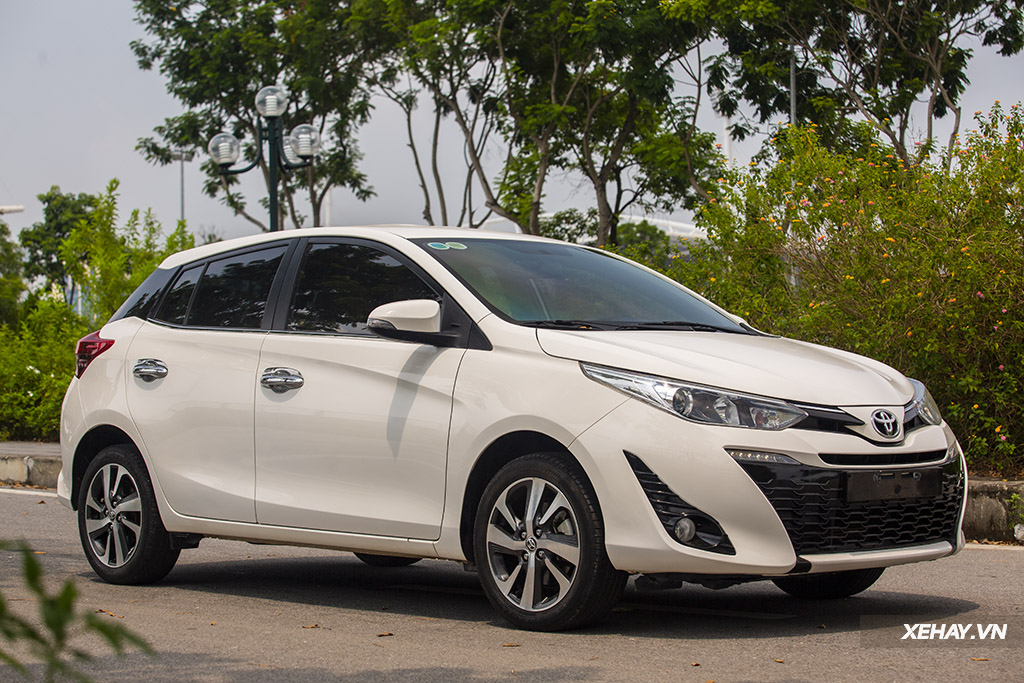
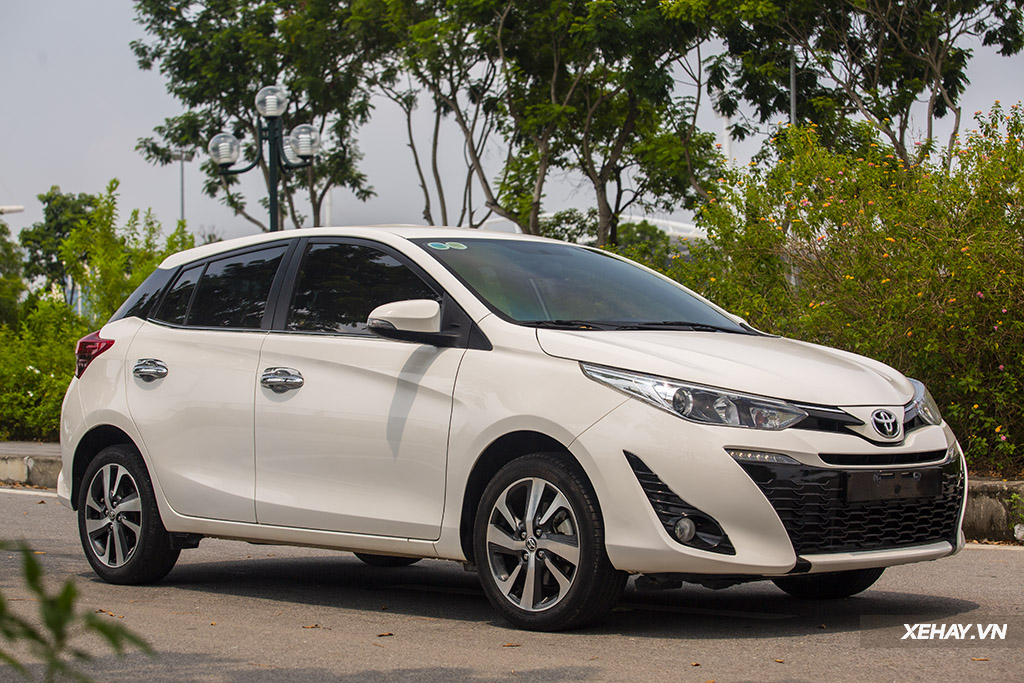
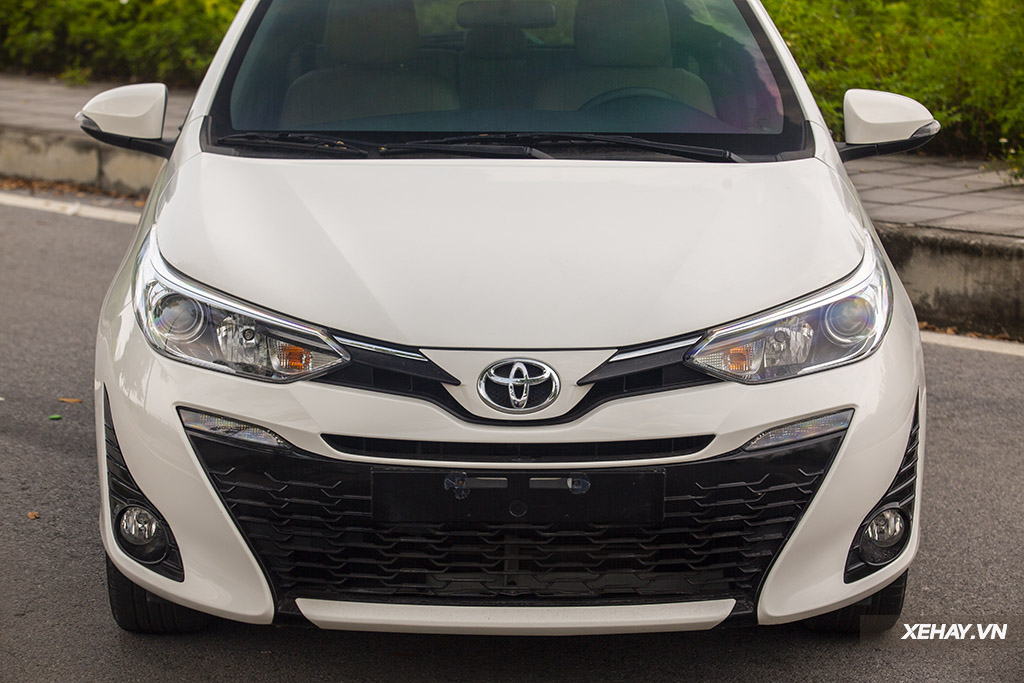
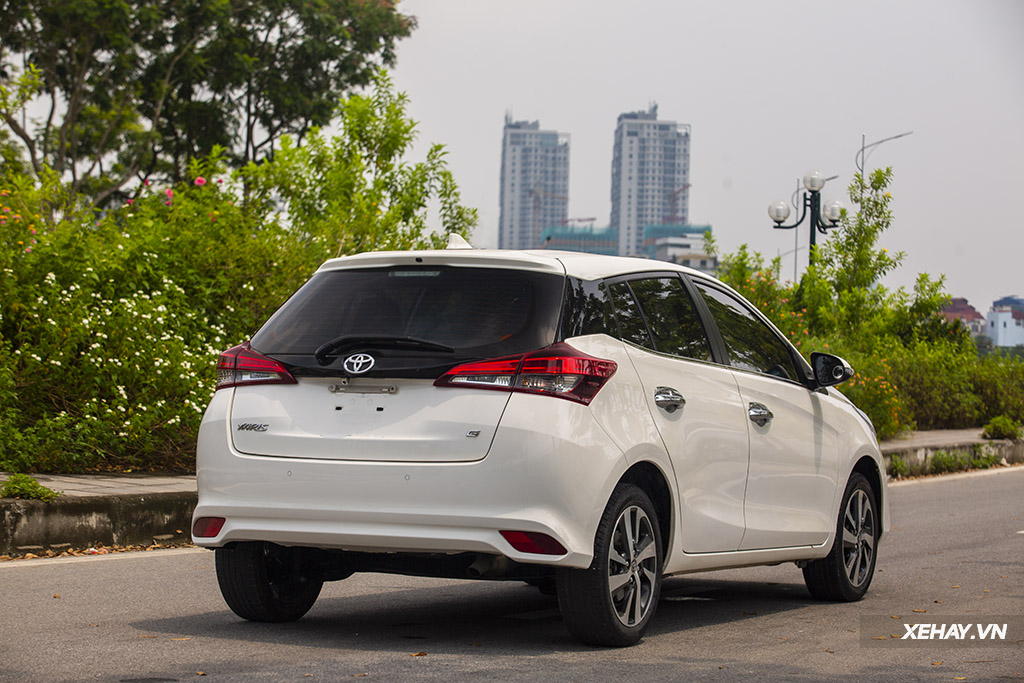

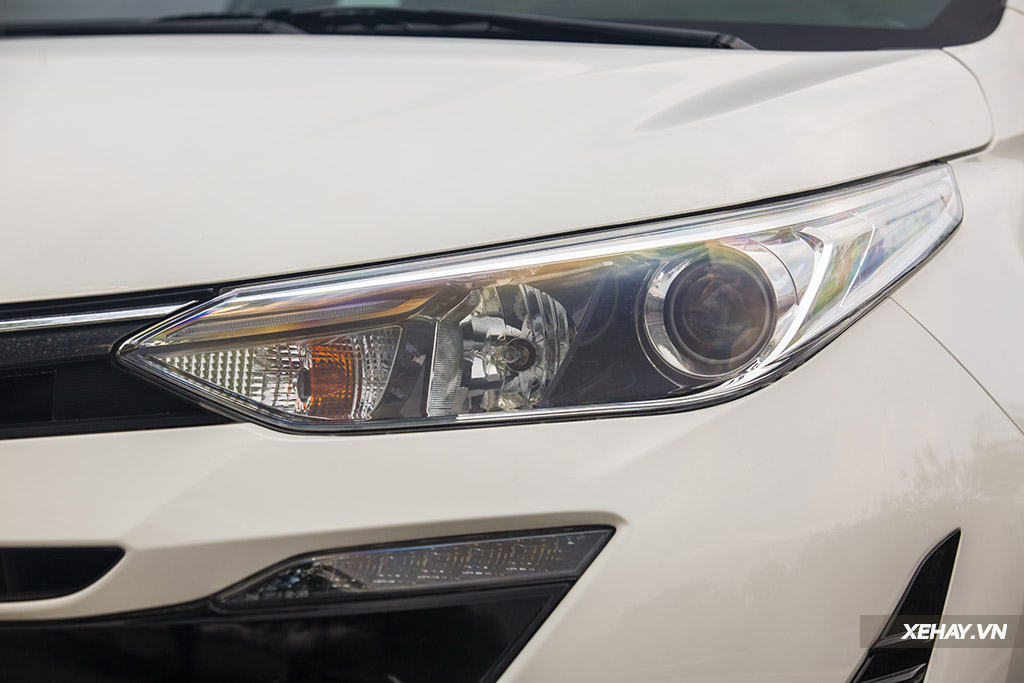
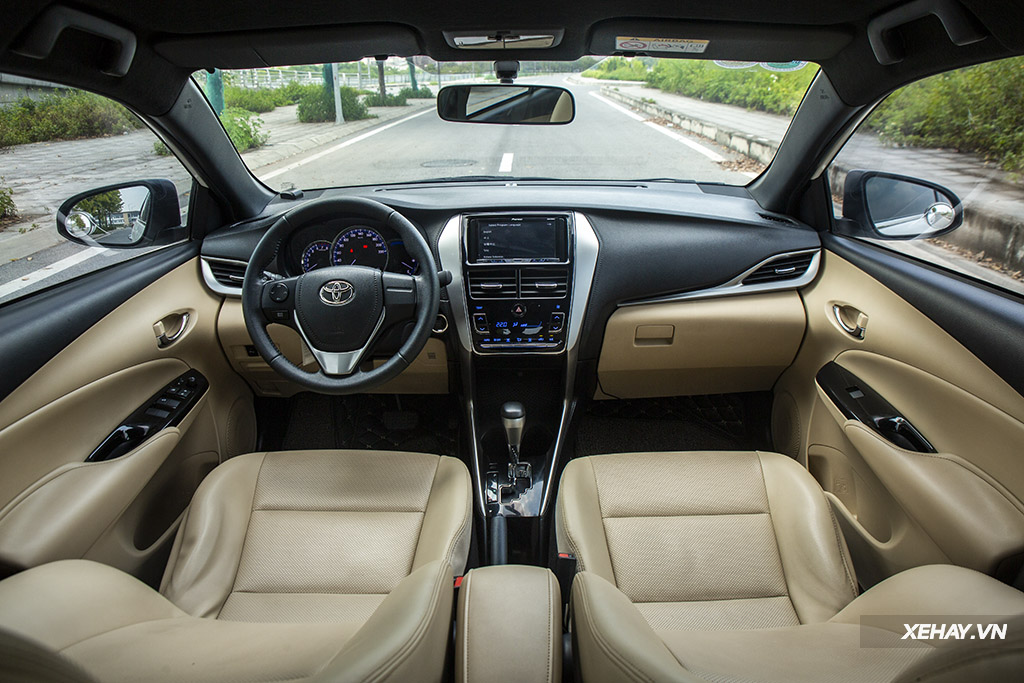
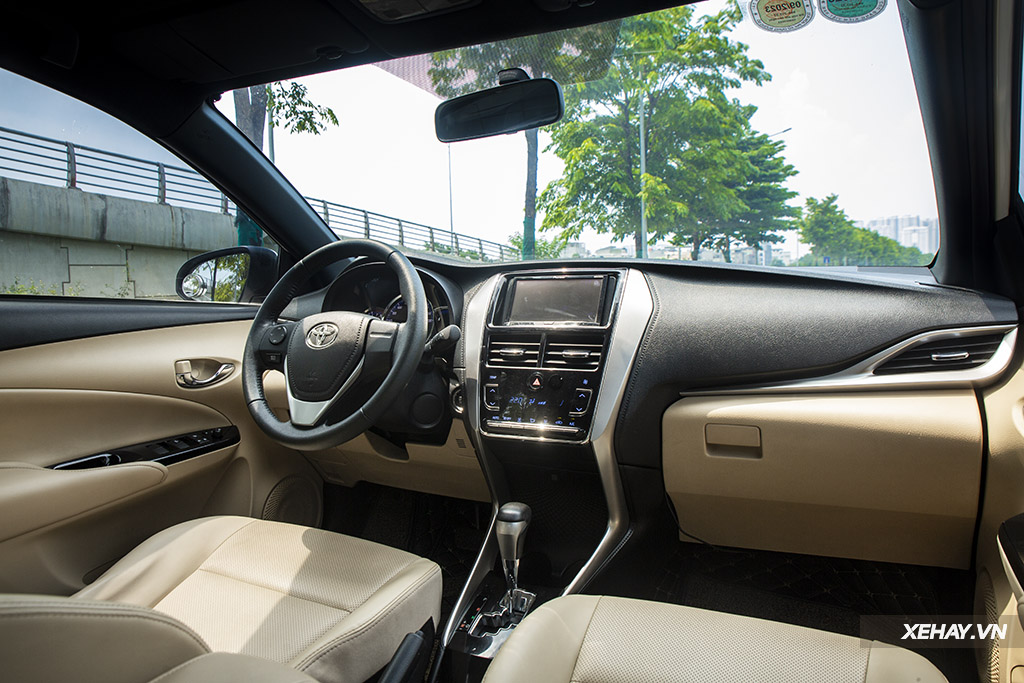
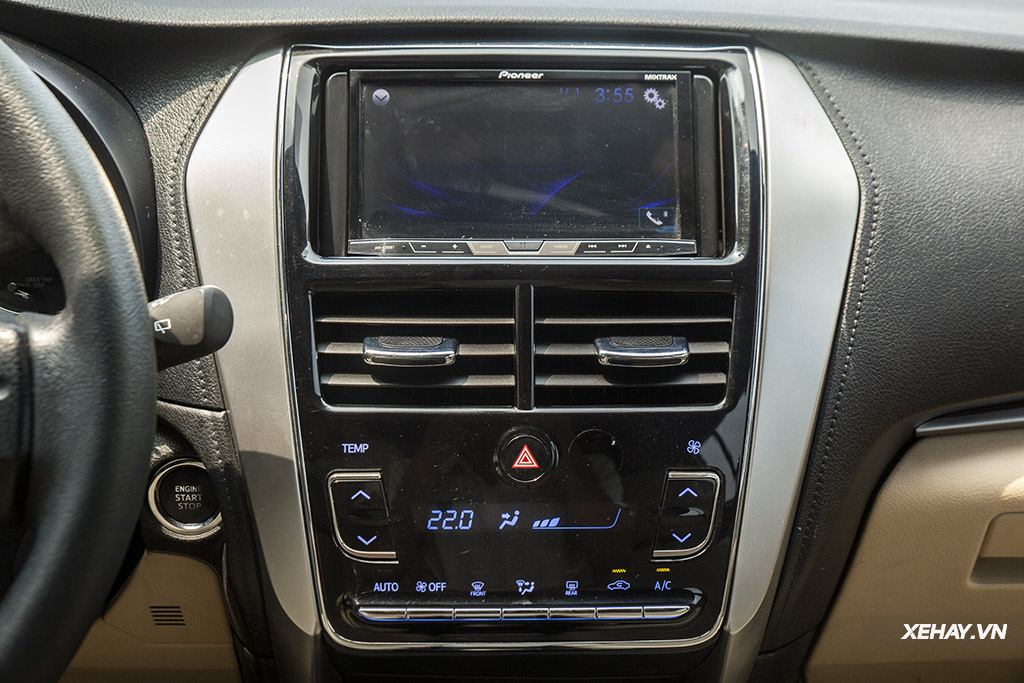
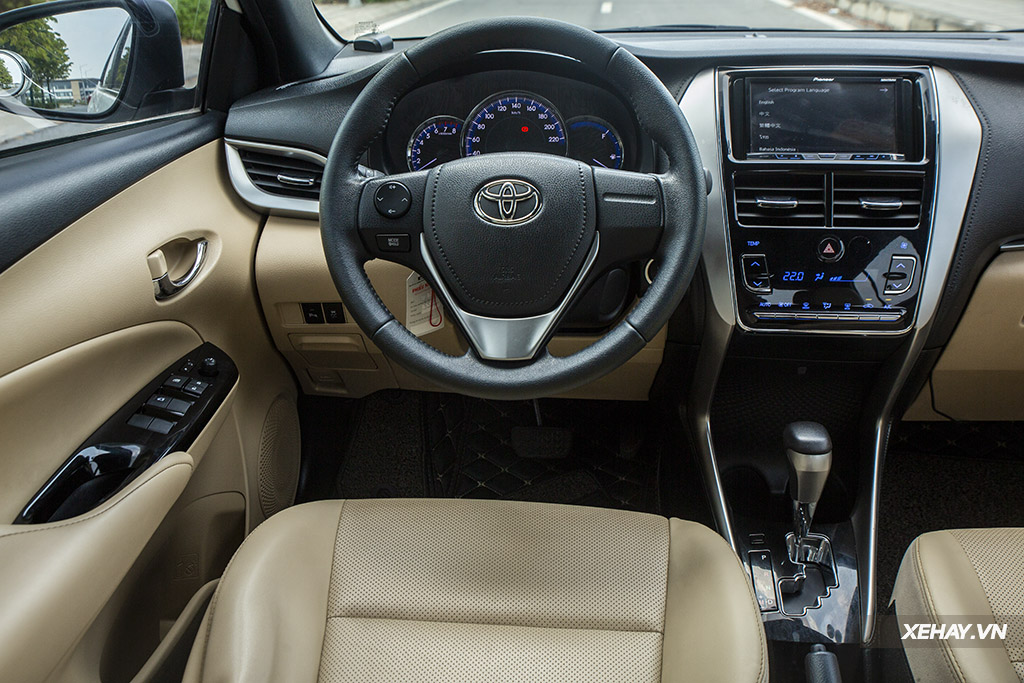
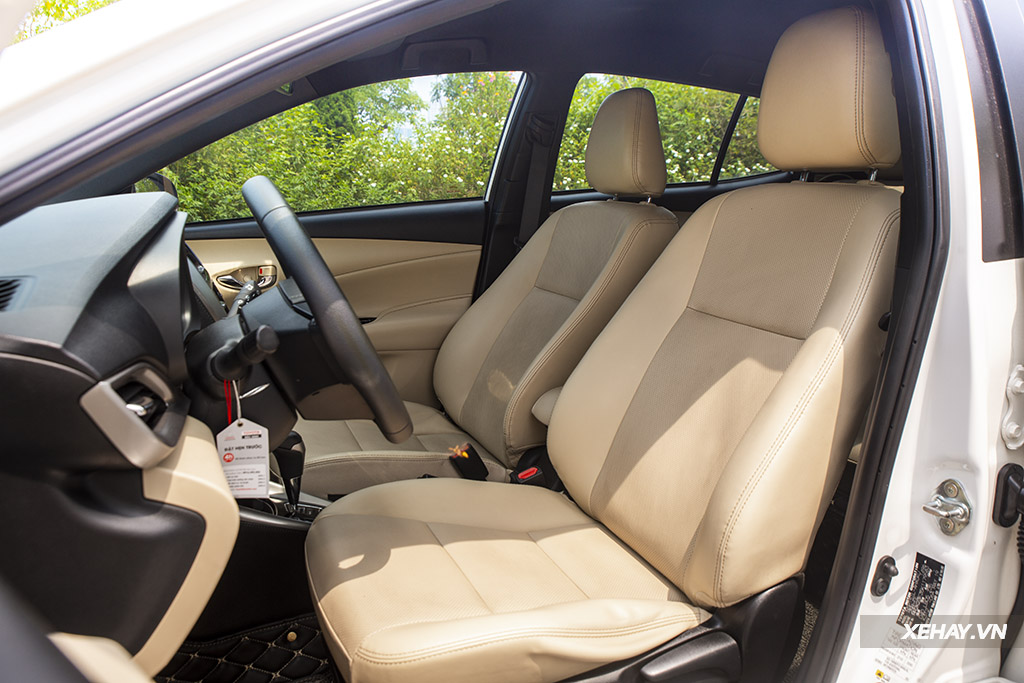
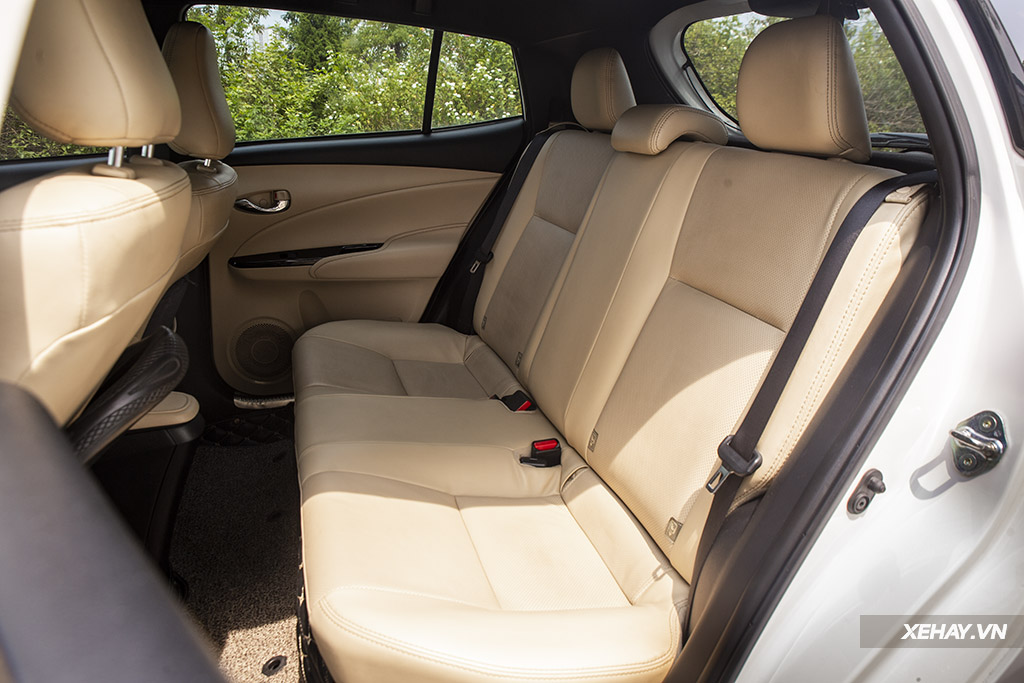

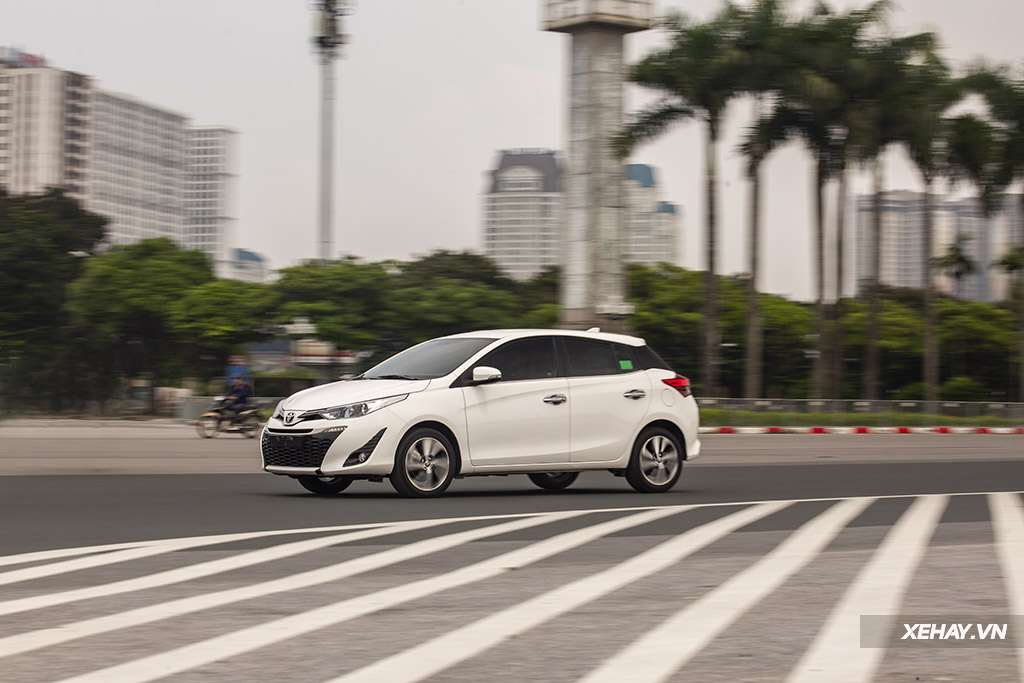
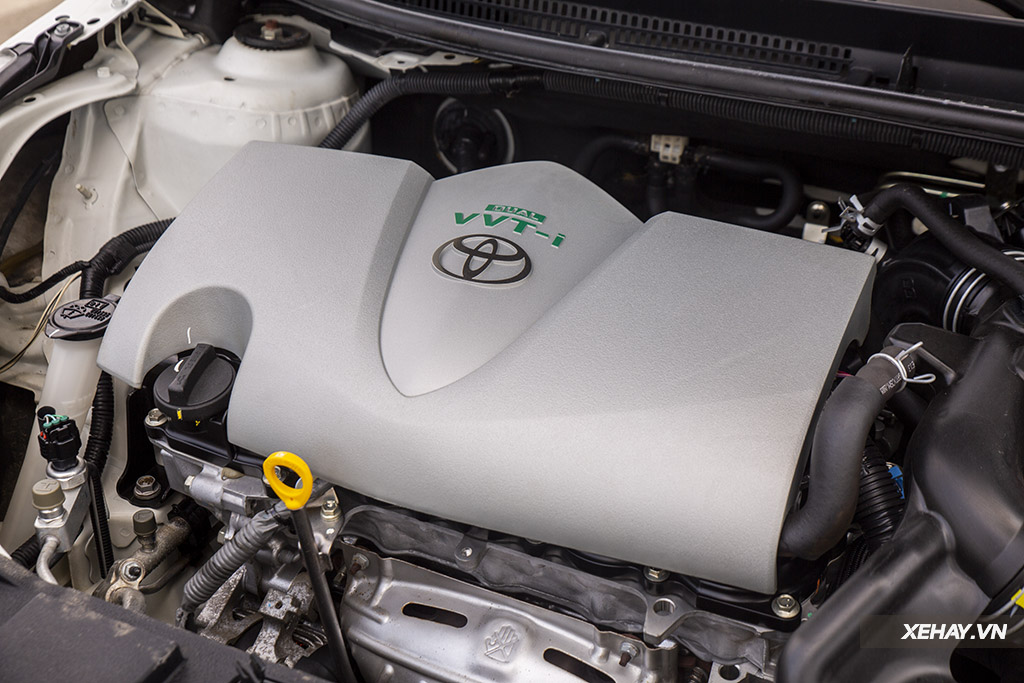
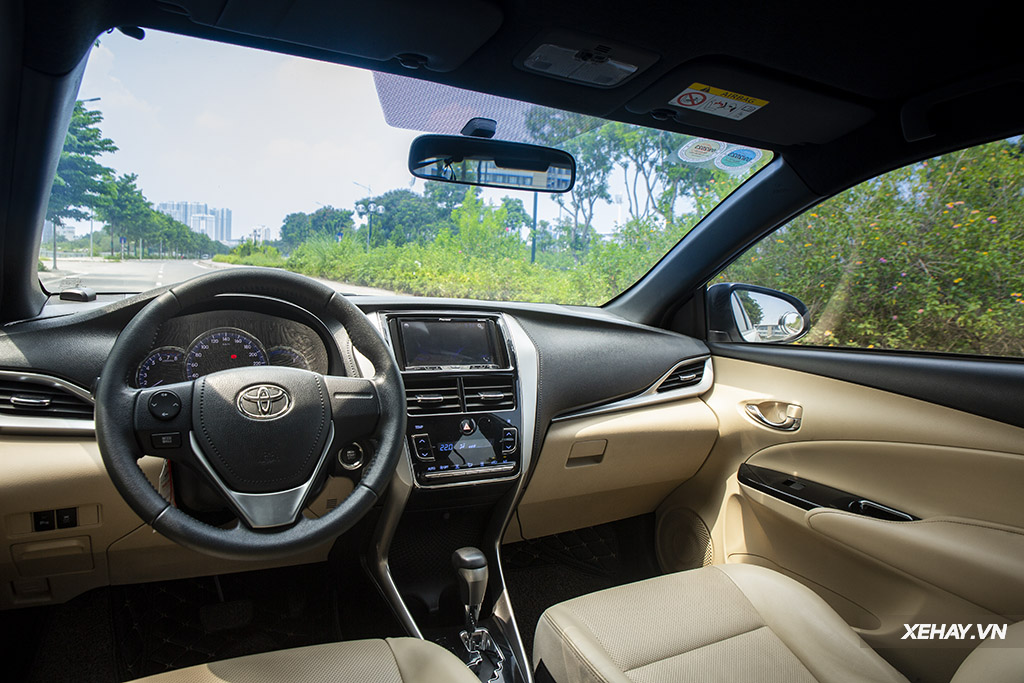
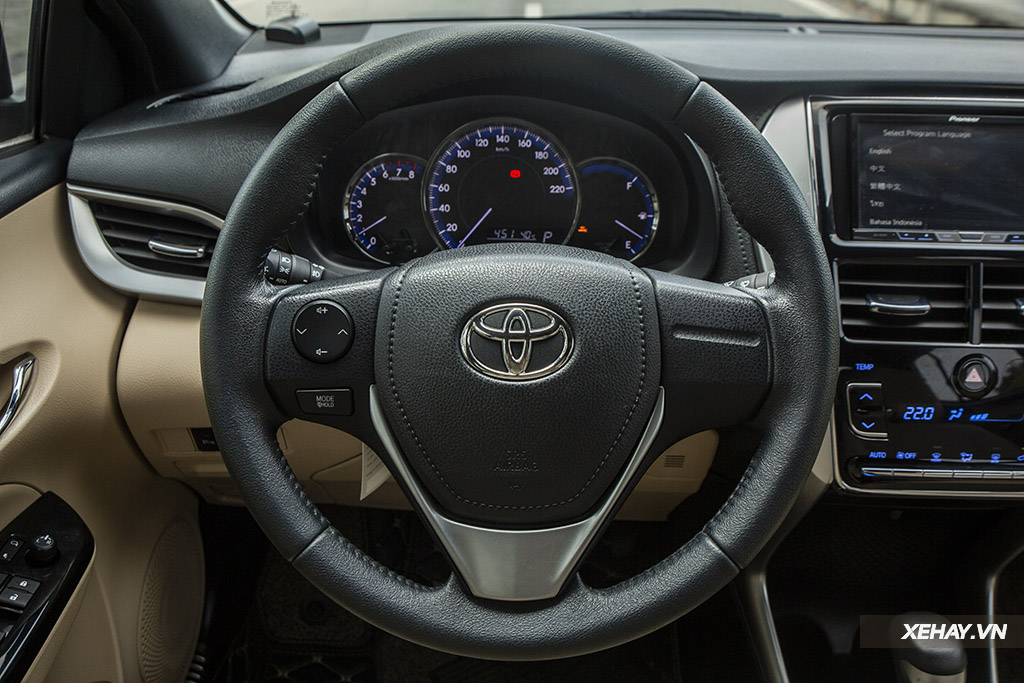
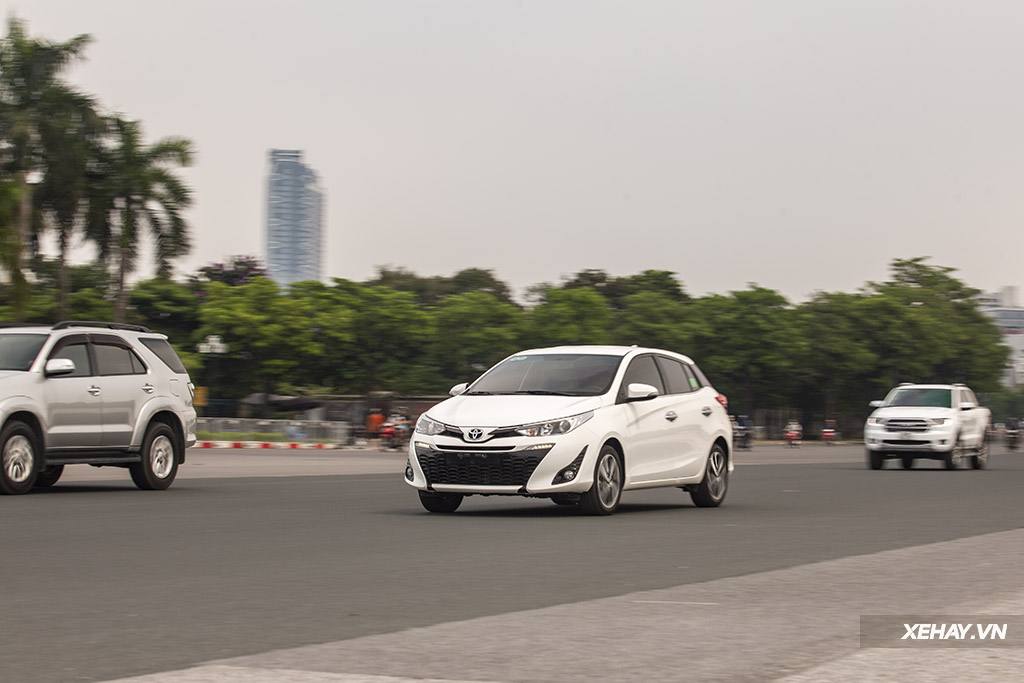
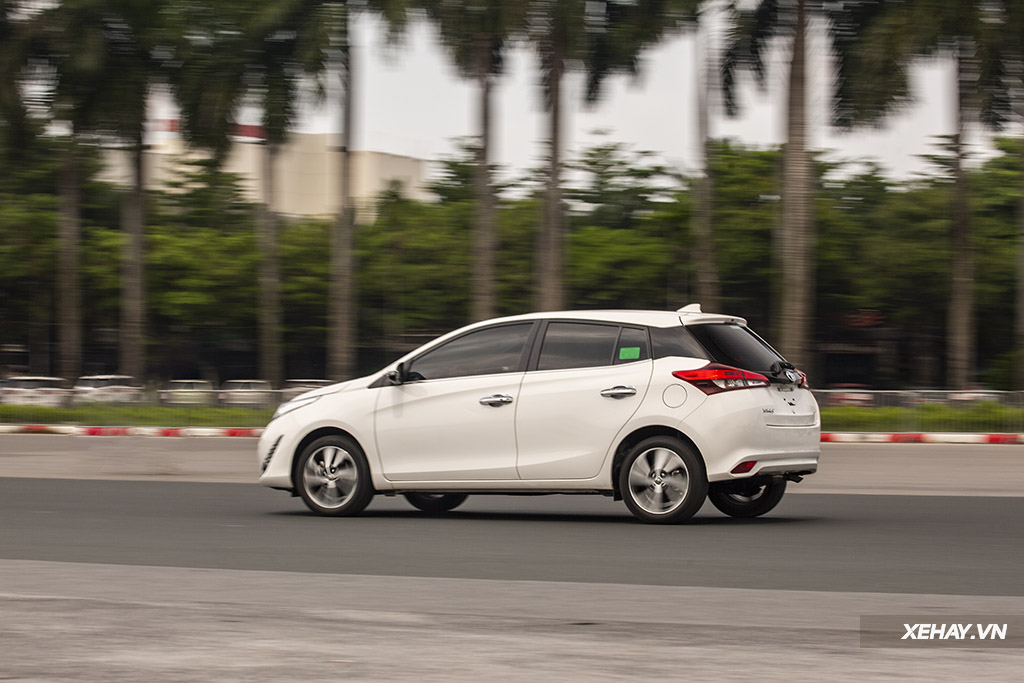
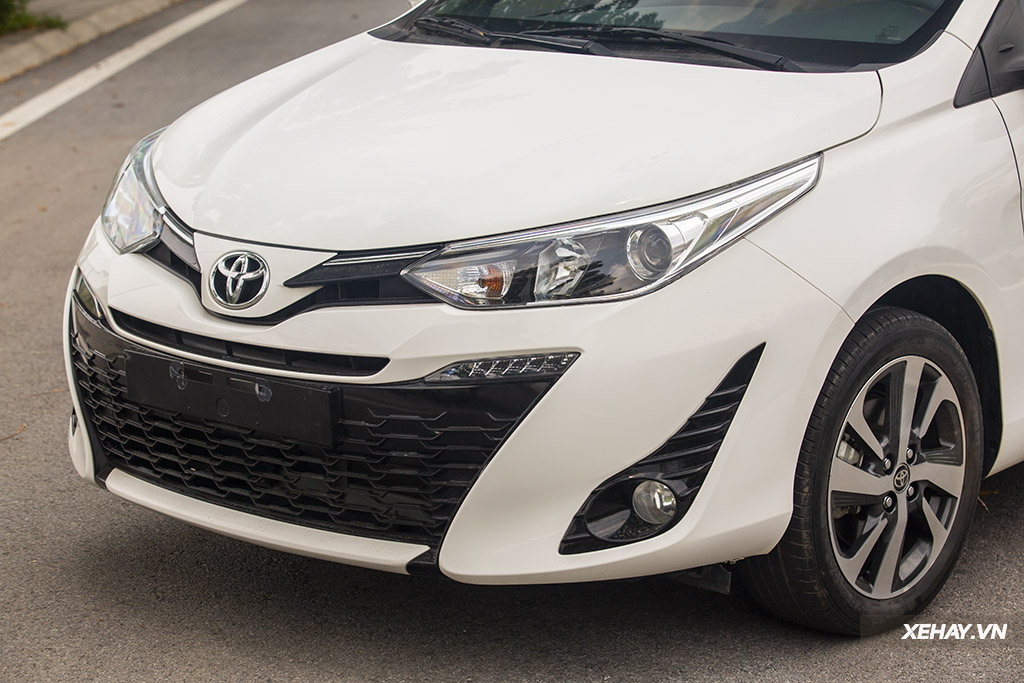
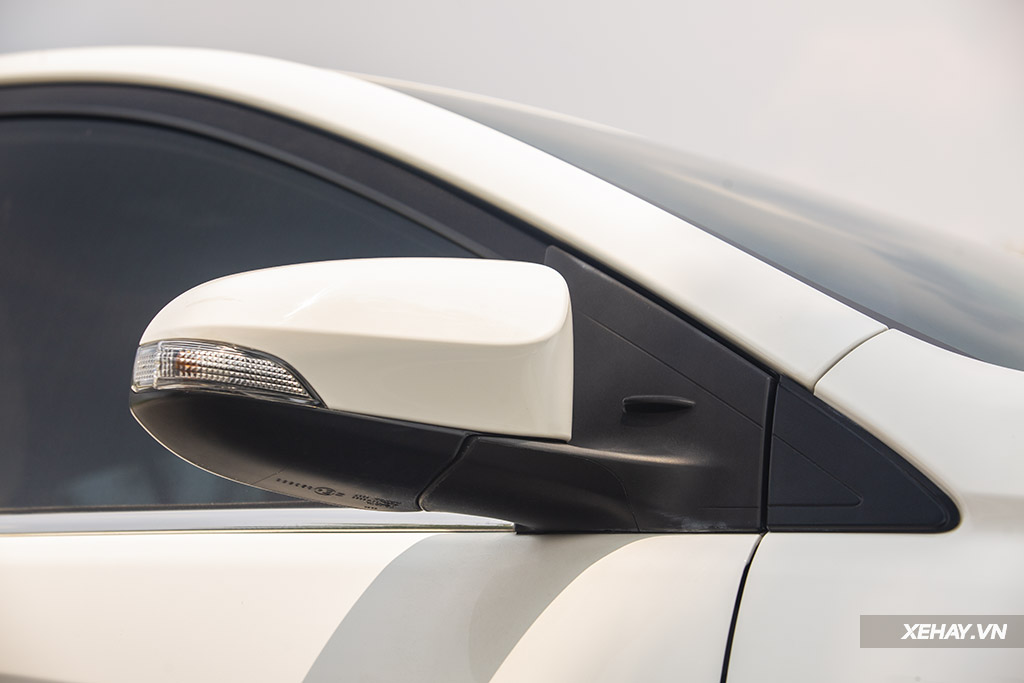
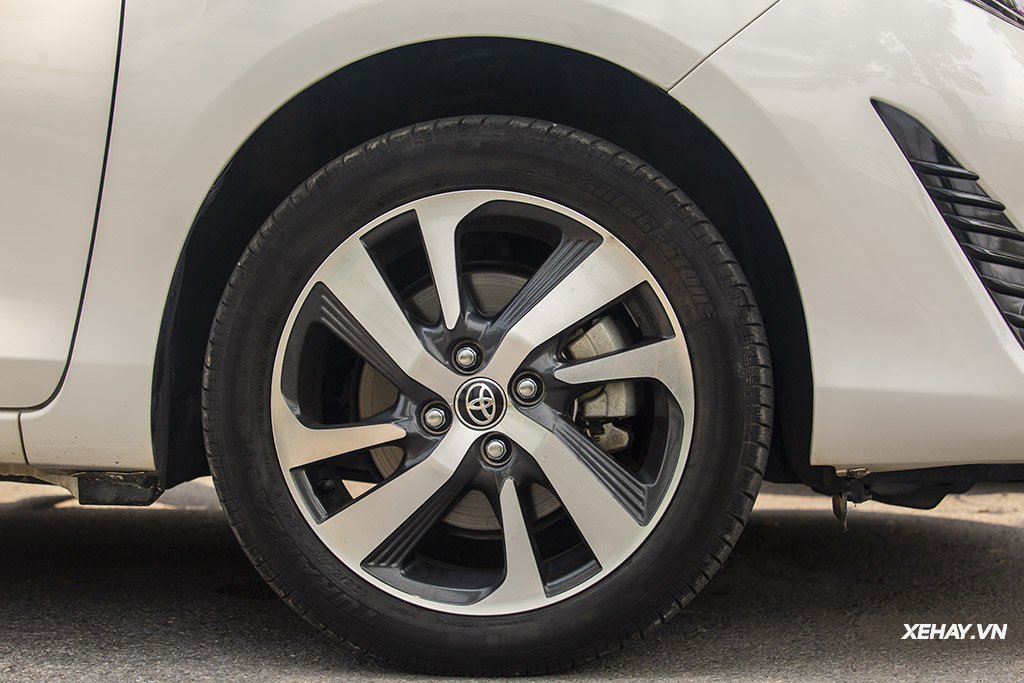
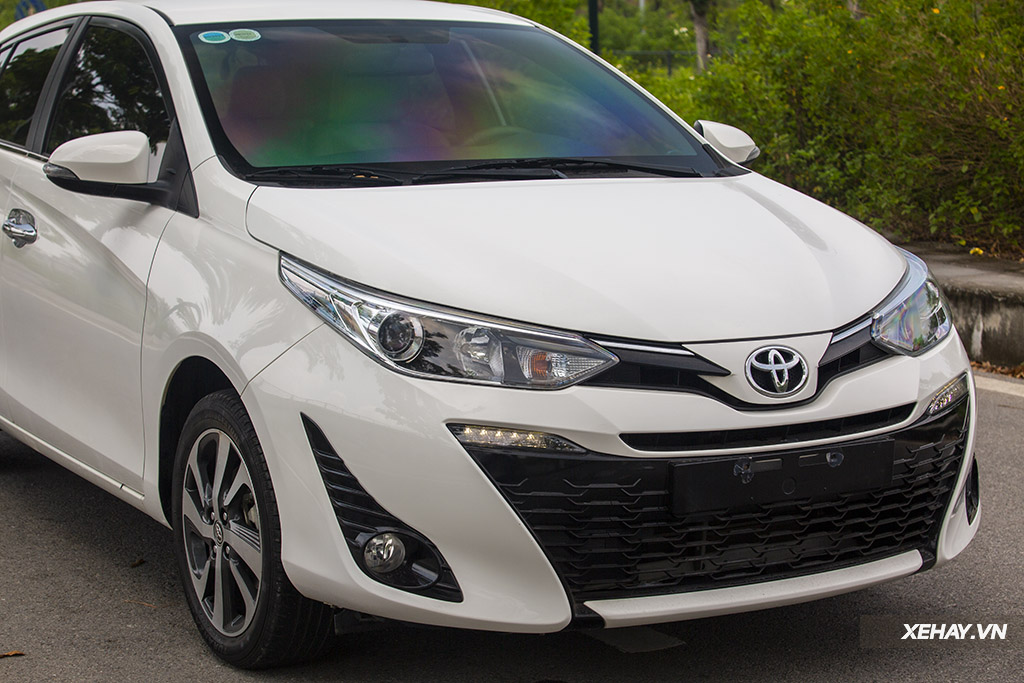
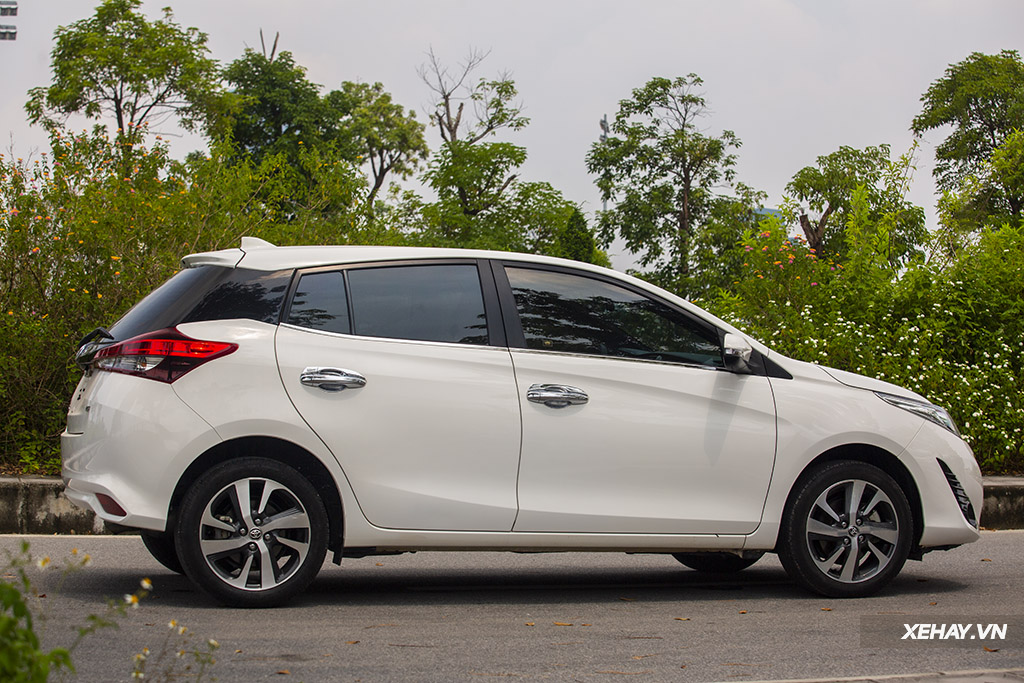
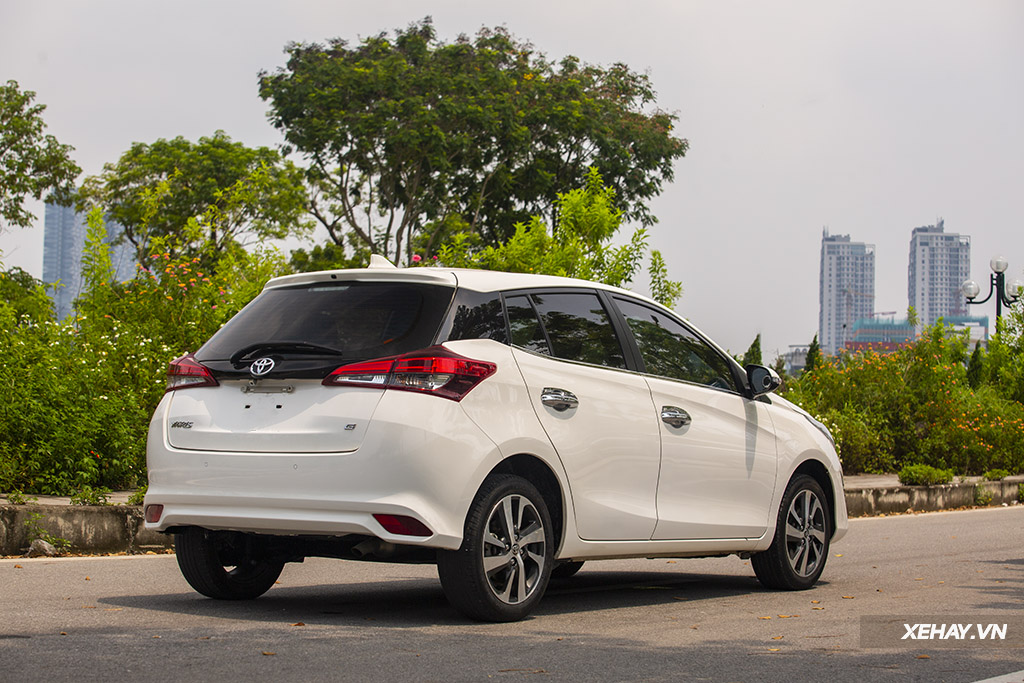
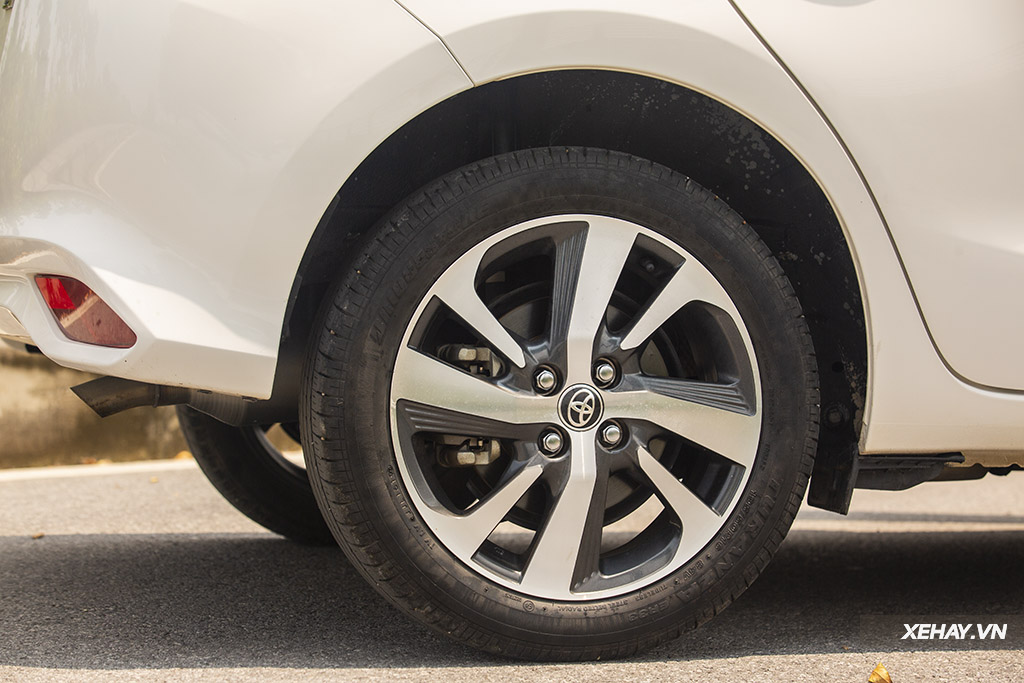
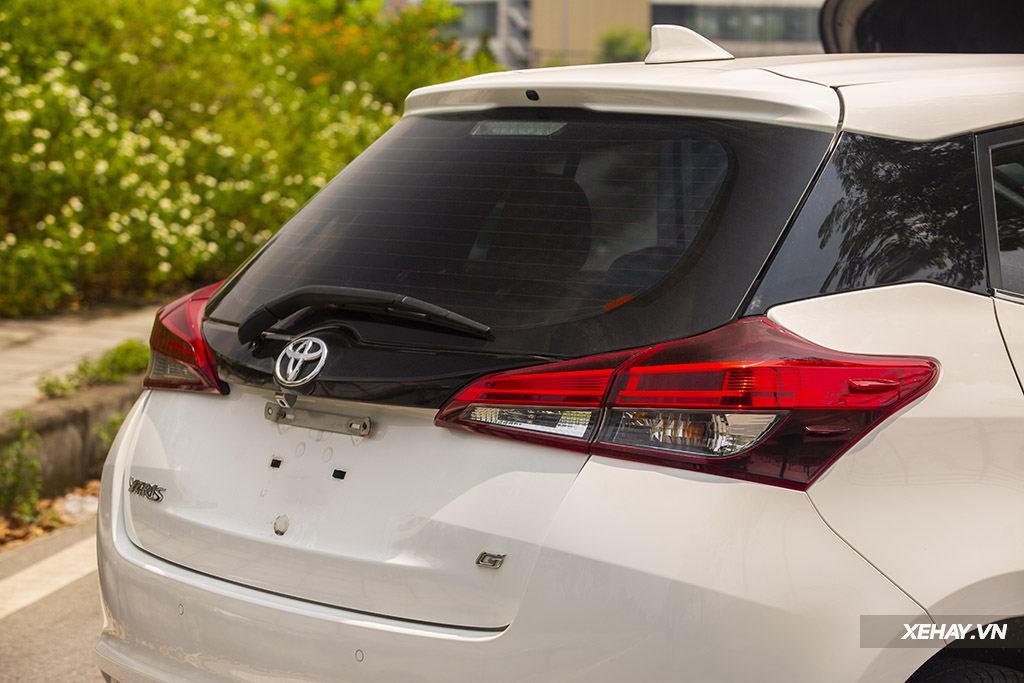

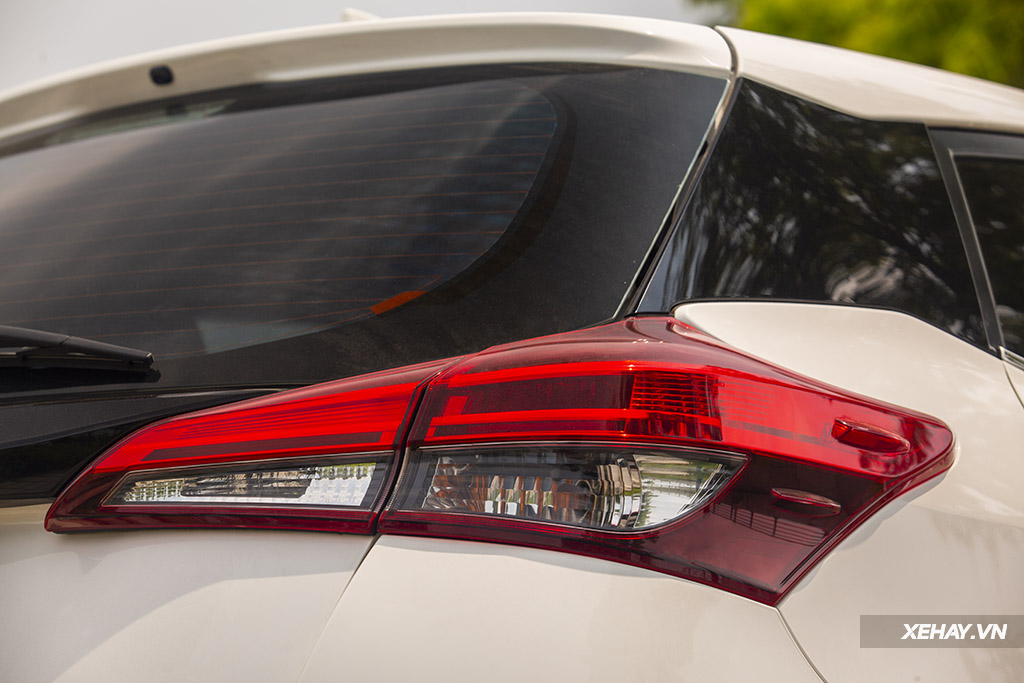
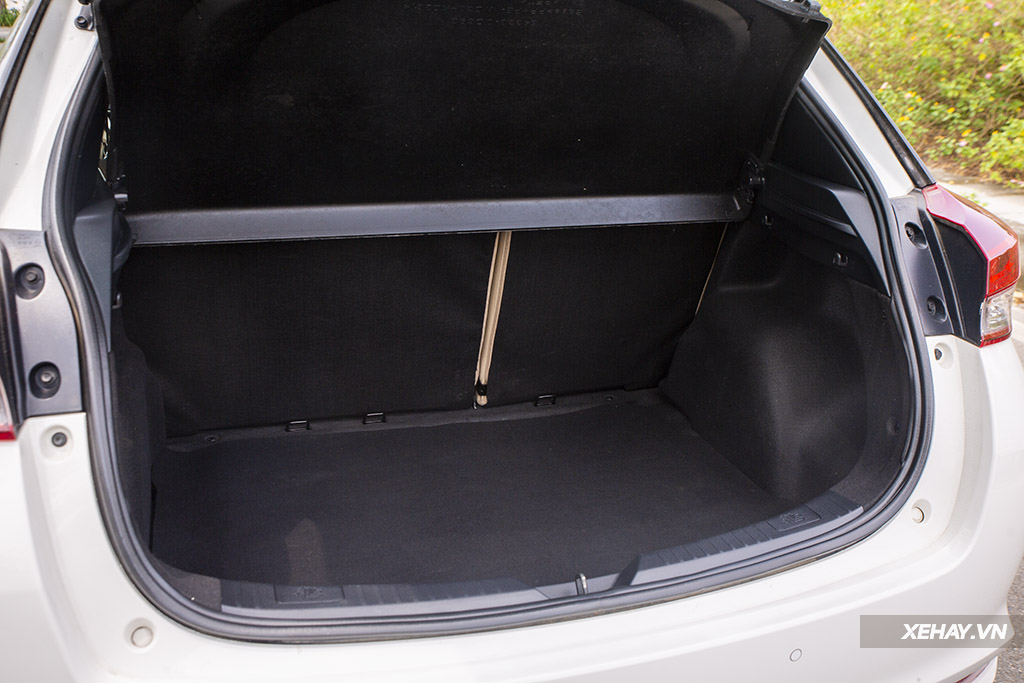
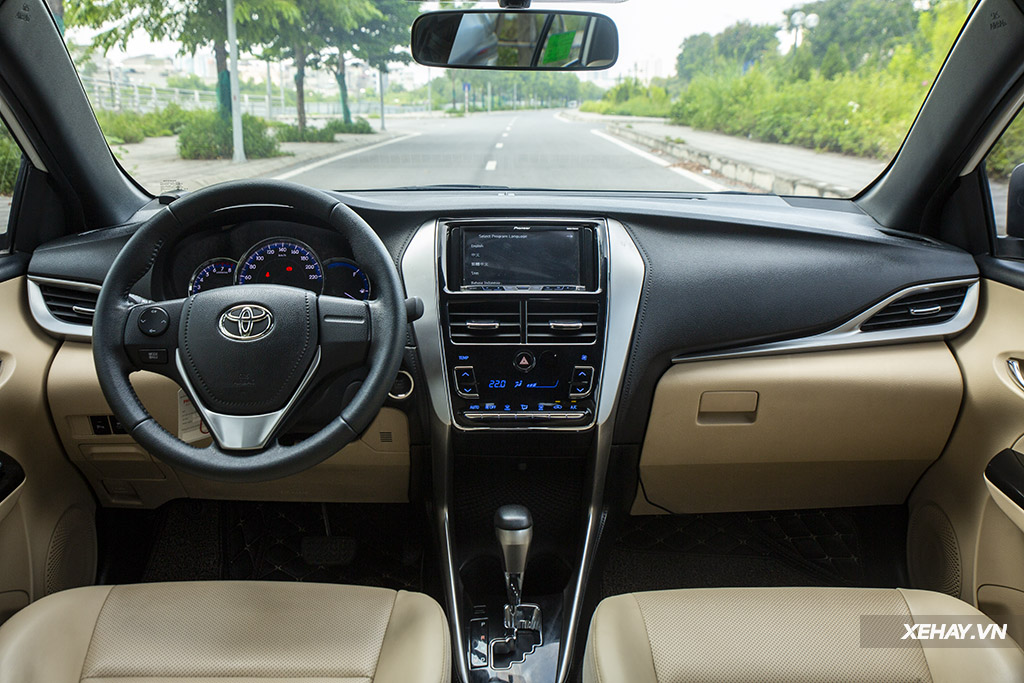
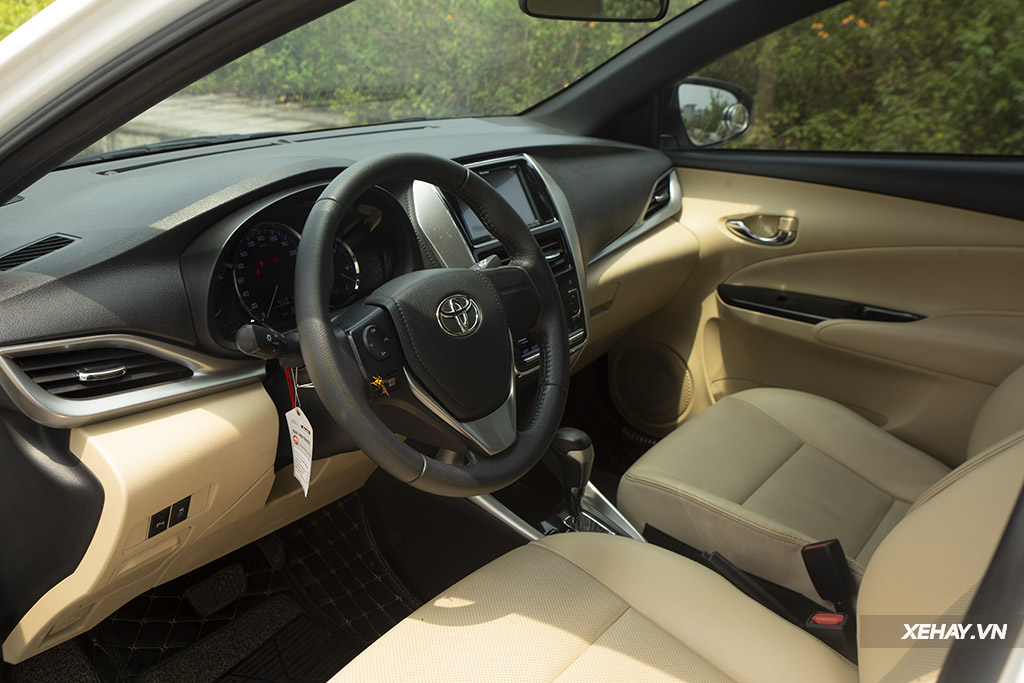

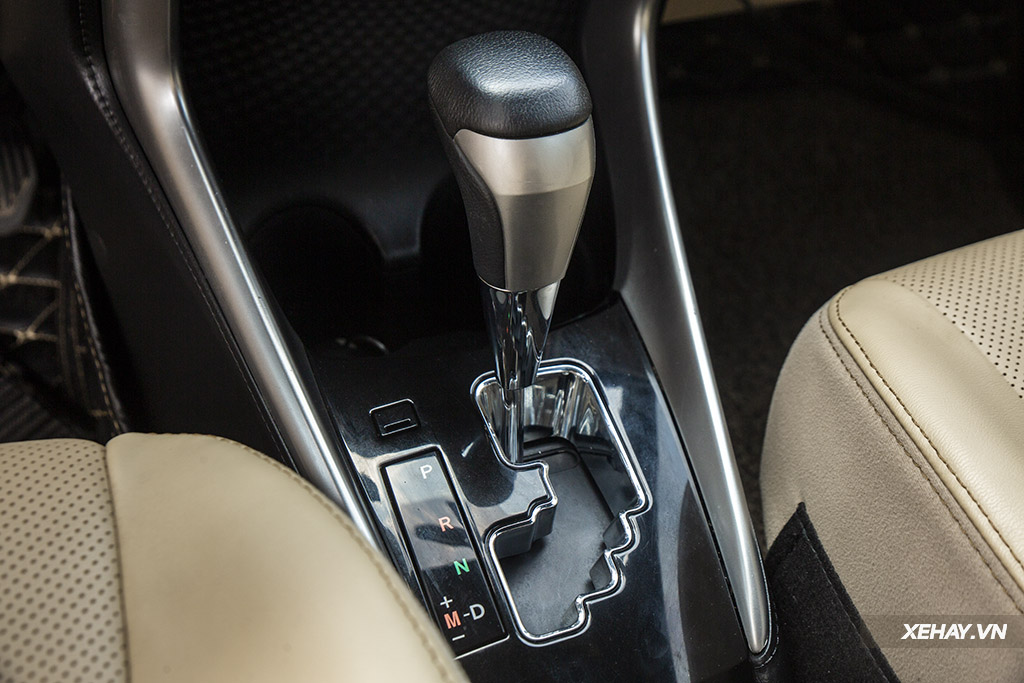
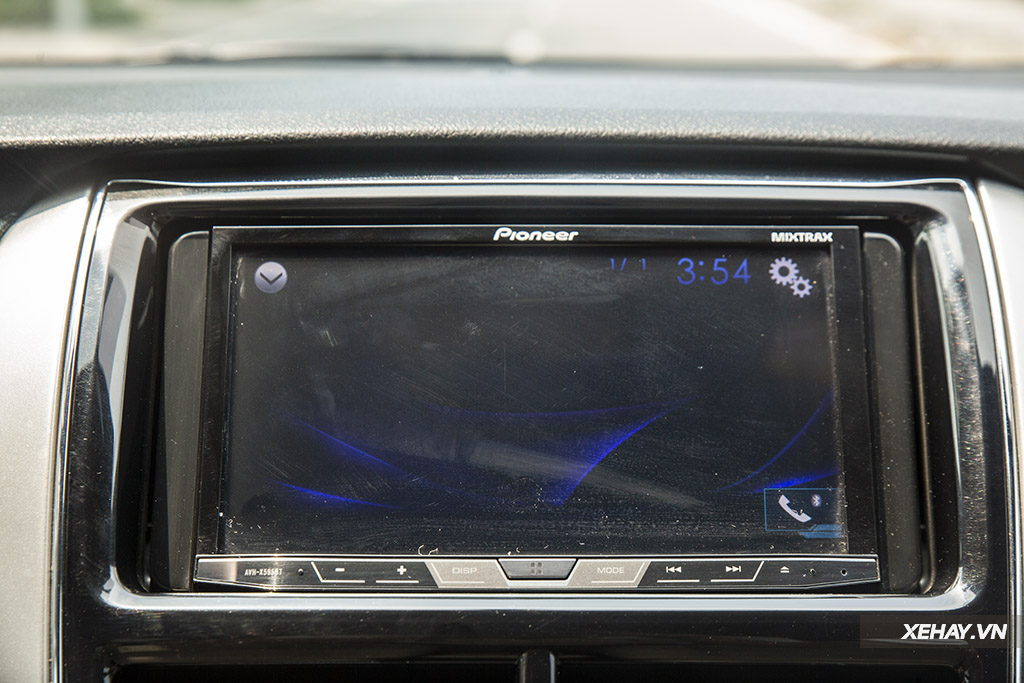
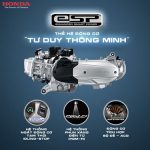
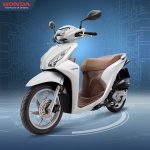
![[CAR REVIEW] Toyota Wigo: The Perfect Choice for Women](https://vnauto.net/wp-content/uploads/2023/10/xehay-toyotawigo-01082023-1-150x150.jpg)

![[USER REVIEW] Honda Civic RS: Stylish, Premium, and Alluring](https://vnauto.net/wp-content/uploads/2023/10/xehay-hondacivicrs-08042023-2-150x150.jpg)








